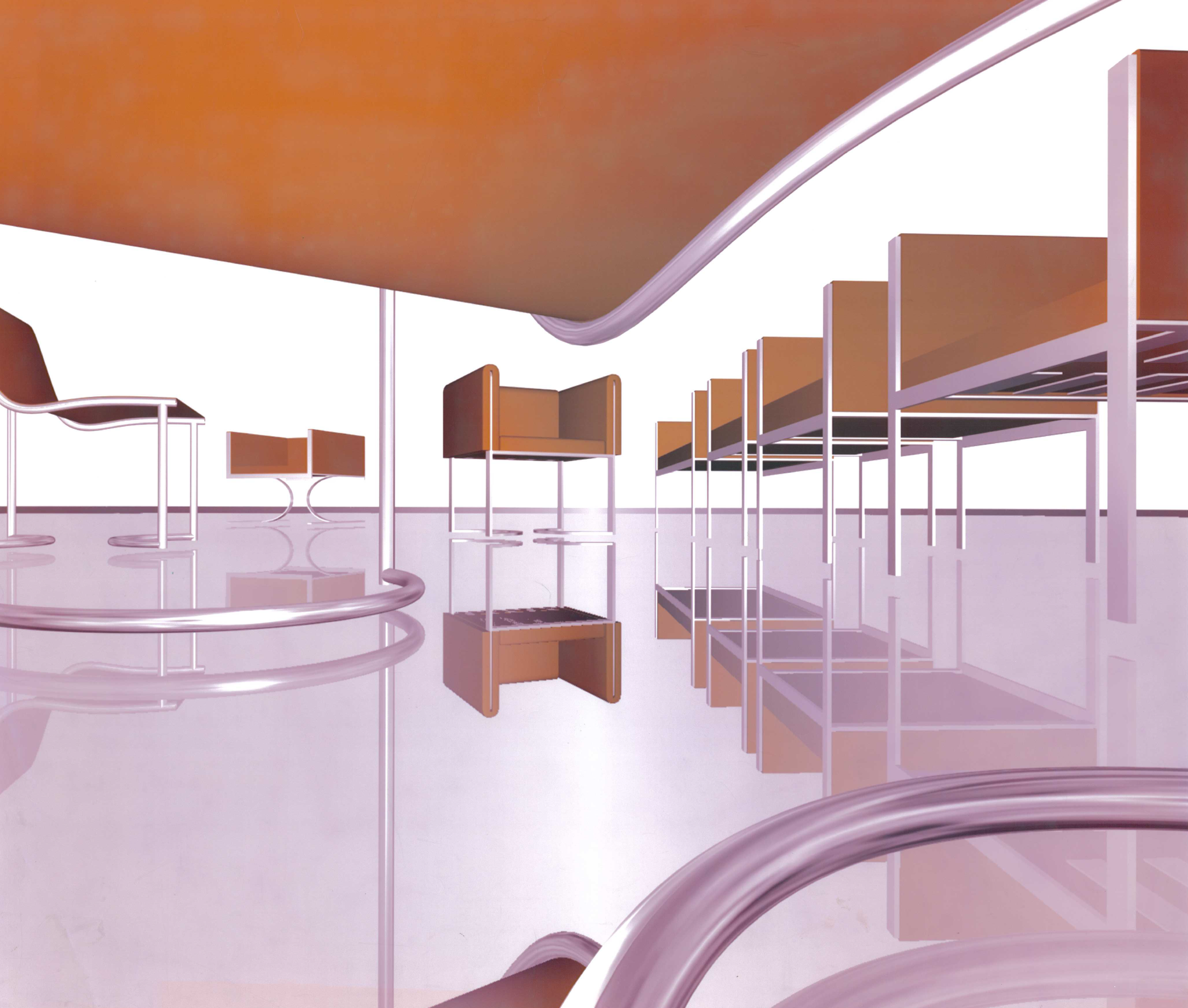Gratz Industries wants to share our sadness as we honor the passing of our dear friend Bill Katavolos
Bill was an inspiration to many and his legacy “lives on” at Gratz Industries as we still manufacture the furniture he designed in the early 1950s along with Doug Kelley and Ross Littel. Bill was part of the New York School of painters and poets that congregated in the South St seaport lofts in the 1950s that changed the landscape of modern art, design, and architecture and was an iconic professor at Pratt University in Brooklyn for many years. He is best remembered for his humanity, deep reverence for the synergy of nature, and the fractal mathematics inherent in all living and inorganic forms which he explored throughout his life and tenure at the Center for Experimental Structures.
His last years were spent in New York and Key West and he continued his research into engineering disaster relief architecture and a system of creating inflatable structures that can be filled with floodwater and then used to generate single-cell algae to be repurposed for food and converted to sustainable energy sources. He was always pushing the proverbial envelope and seeking to discover new ways of thinking about life. Please read here about his remarkable life and career and join us in remembering this amazing designer, engineer, and “ futurist “ – and join Gratz in donating to the scholarship established in his memory at Pratt University.
Gratz Industries had a special relationship with Bill Katavolos as he continued to explore furniture design and functionality throughout his life. Gratz developed furniture prototypes and mock-ups of projects from 2007-2012 for a “new” style of furniture built on the foundations of his popular mid-century designs. The energy and enthusiasm that Bill projected was an inspiration to the team at Gratz and his sense of discovery and the experimentation that defined his furniture, architecture, and engineering designs is remarkable. Bill worked diligently at the Pratt Center for Experimental structures creating disaster relief and emergency structures, and he pioneered inflatable aqua culture structures and algae-based solutions that could be converted to food and energy resources as he pushed the envelope and continued to think “outside of the box “.





